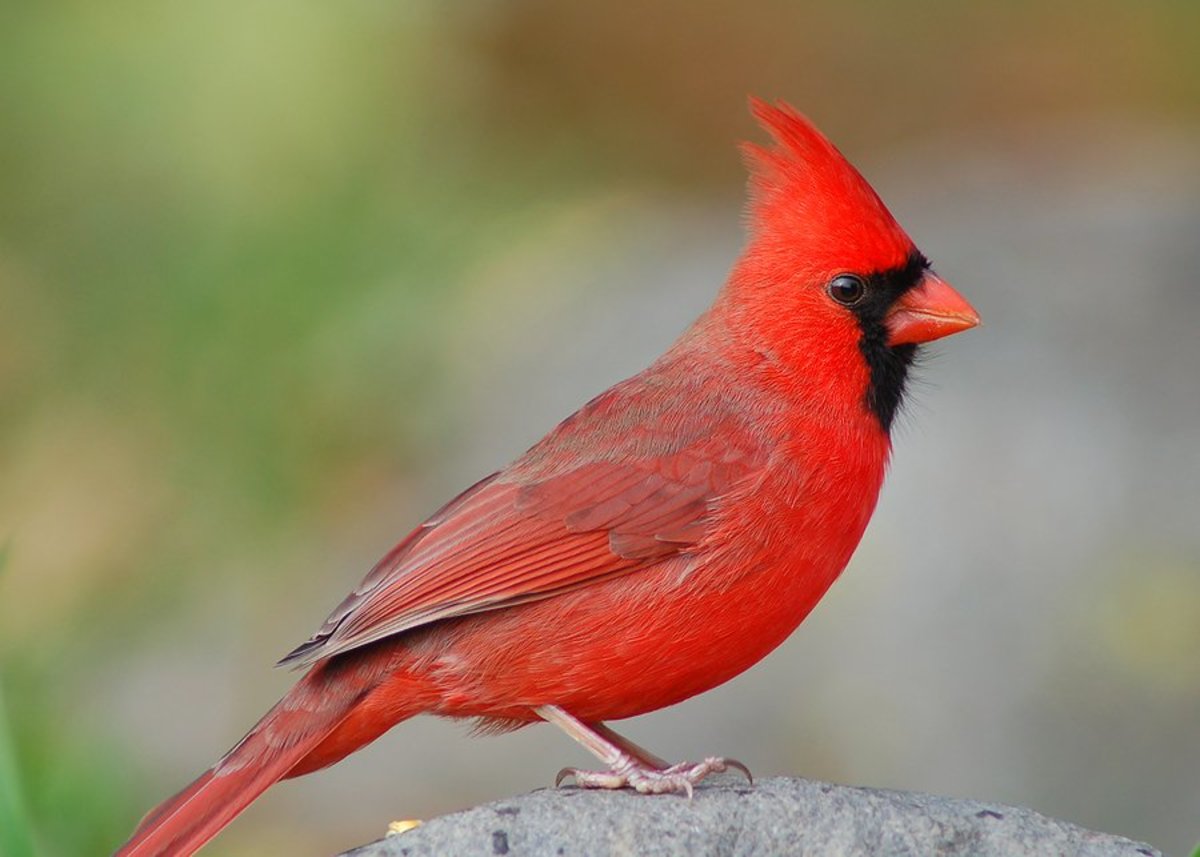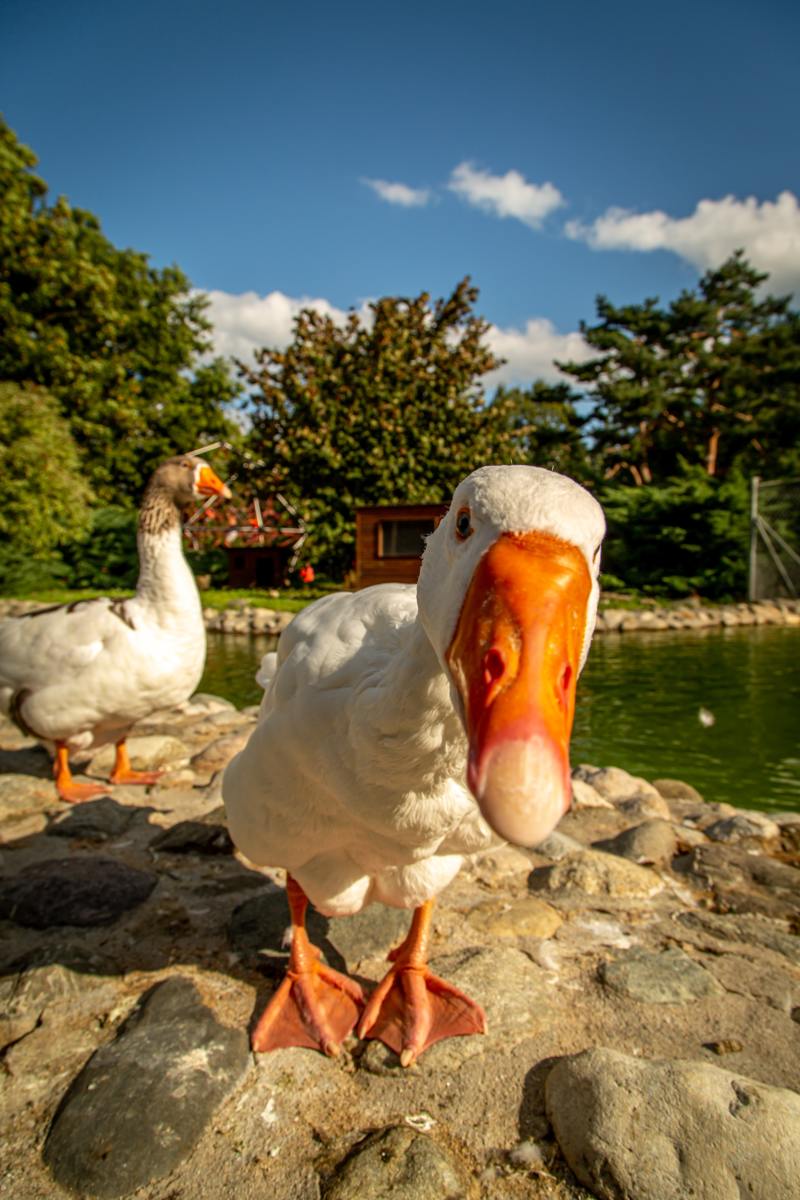Fainting, Waltzing, and Narcoleptic Animals
Some heritable genetic mutations produce animals that look normal, but under certain conditions they exhibit unusual behaviors including fainting, paralysis and narcolepsy.
Myotonia ("Fainting" Animals)
Goats
Fainting goats suffer form an inherited condition called myotonia. When startled these goats experience a form of involuntary paralysis, which causes them to stand stiffly or fall over. They do not really 'faint' as they remain fully conscious. This disorder is deliberately perpetuated purely for the amusement of people.
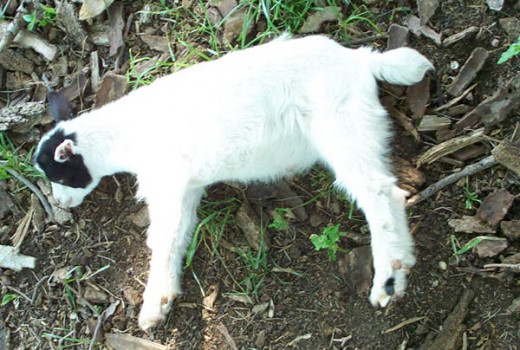
Kittens
This YouTube video shows two kittens with what appears to be a severe case of myotonia, in that even small sounds and movements would cause a fainting episode.
Dogs
Myotonia congenita was also occurring in miniature schnauzers, and new breeders are careful to test for this disorder to reduce and eventually eliminate it from the breed.
Squirrel
Recent footage of a "Tippy the Fainting Squirrel" (see below) suggest that a similar condition may occur in squirrels.
Ragdoll Cats
One characteristic of the ragdoll breed of cats is that they typically go limp when picked up. However it is a variable trait and some assert it is simply a result of their very laid back nature. Others suggest that the limpness may be an involuntary reaction caused by a genetic mutation. In either case, it seems that this reaction is weaker in current ragdolls than it was in earlier generations.
Narcolepsy
Dogs
As with humans, dogs can fall suddenly into deep sleep or suffer from daytime sleepiness. Canine narcolepsy has an inherited component and is more common in poodles and dachshunds. The genetic basis of narcolepsy was first determined through research on dogs with the condition, which is essentially the same n both species. Boxers also suffer from fainting episodes called syncope.
Horses
Miniature horses also suffer from narcolepsy. It often occurs in foals but the symptoms will diminish with age.
Tonic Immobility
Various animals show complete motionlessness when placed in a certain posture. For example "hypnotise" a chicken by laying it on its back. It will then remain in that position for some time. A similar response occurs in rabbits as well as some species of lizards and sharks. Most famously, it is shown by possums to feign death when threatened.
Playing Possum
When threatened opossum display an involuntary collapse which makes them appear to be dead. This is called 'feigned death', thanatosis, or, more informally, 'playing possum'. During this period of physiological shock, which typically lasts for several minutes, the possum is completely unconscious.
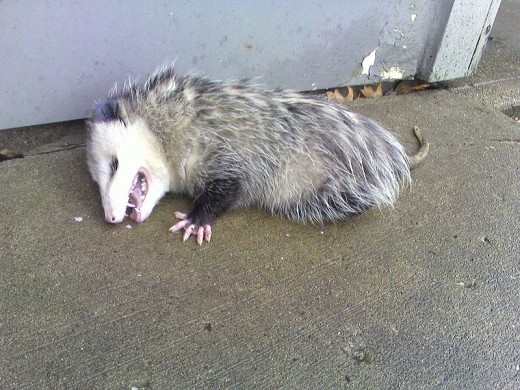
Some researchers consider that a degree of tonic immobility is also shown by humans.
Trout Tickling
One method of fishing is called 'trout tickling' whereby the fish is gently rubbed on the underbelly until it appears to be asleep or in a trance and can be easily thrown onto the bank. Tickling was a common poaching method because it does not require carrying incriminating equipment like rods and nets.
Snake Charming
The myth is that snakes can be charmed and made to dance using only the power of music. As an entertainment this routine is usually performed by a highly venomous species of snake such as a cobra. As these snakes do not have a conventional sense of hearing it is more likely that they are responding to the swaying movement of the musician, and they do not attack because they naturally use their fangs only as a defensive weapon. Also in many cases the captive snakes used by professional charmers have had their fangs removed.
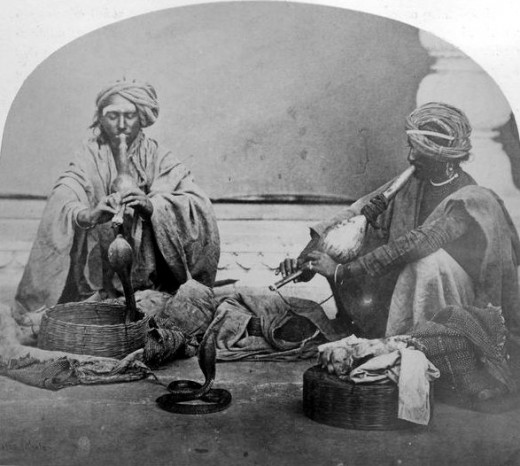
Humans
Myotonia congenita has also been found in humans where is can have the side effect of having very well-developed muscles even without exercise (see right). But this is due to improper activity of the muscles and impedes the ability to move quickly and delayed muscle relaxation.
Waltzing Mice
Originally breed in Japan, 'waltzing mice' have a neurological disorder which causes them to turn circles or figure-eights. The disorder effects the inner ear, impairing the mouse's sense of balance, and may also involve a form of epilepsy.

